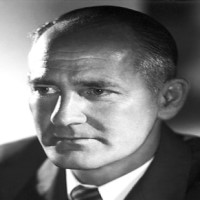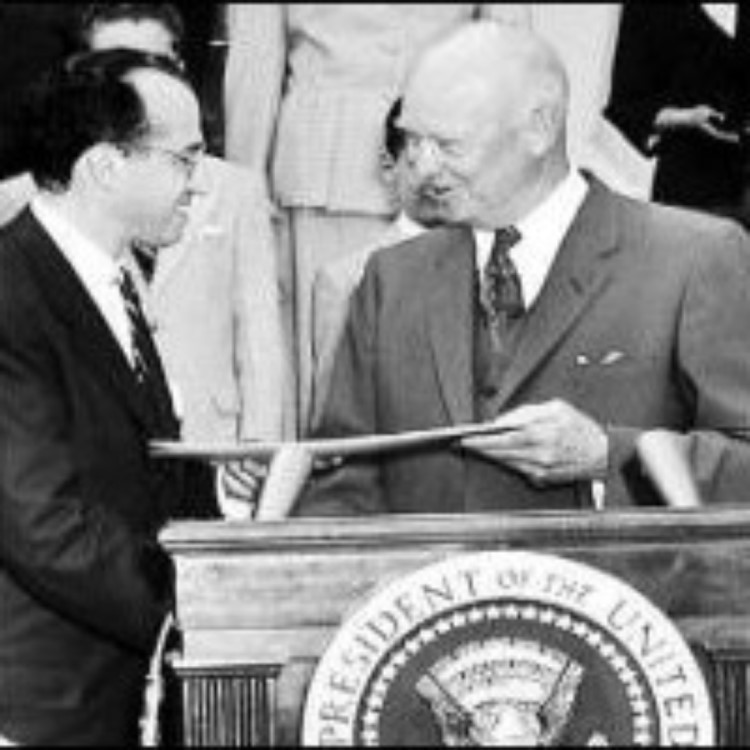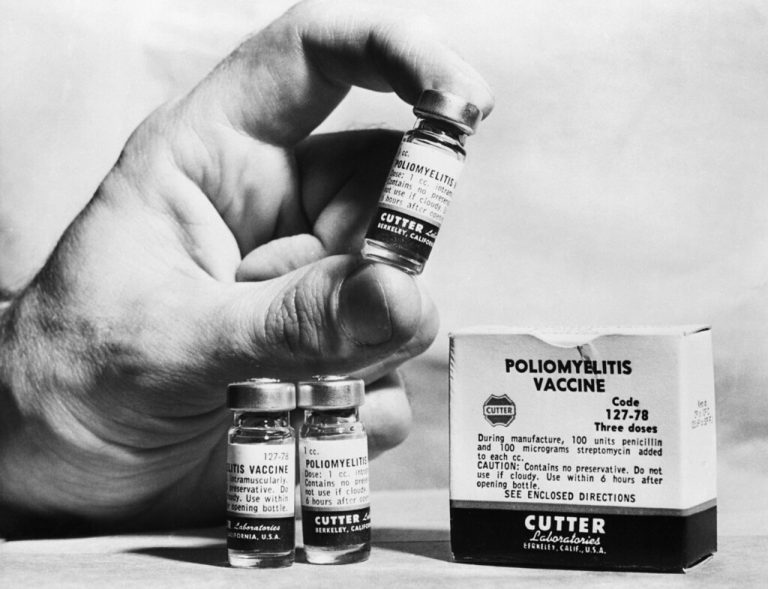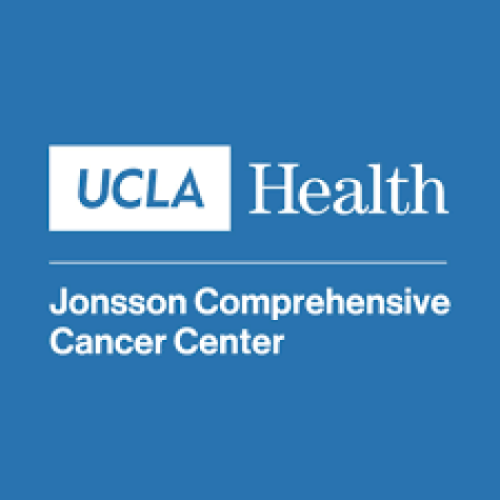UC Davis plant biologists Ralph Stocking and Ernest Gifford discovered that plant chlorplasts contain DNA
In 1959, University of California, Davis plant biologists Ralph Stocking and Ernest Gifford discovered that plant chlorplasts contain…
In 1959, University of California, Davis plant biologists Ralph Stocking and Ernest Gifford discovered that plant chlorplasts contain…

In 1958, George Wells Beadle of the California Institute of Technology was awarded the 1958 Nobel Prize in…

On Mar. 4, 1956, Sandia opened second laboratory and transferred personnel from Albuquerque to Livermore, California and began…

On Jan. 27, 1956, Dr. Jonas Salk, developer of the Polio vaccine released in 1955, received a special…

In 1956, the University of California Radiation Laboratory, now known as the Lawrence Livermore National Laboratory (LLNL) acquired…

In 1956, Stanford Medicine became the first to use linear accelerator to treat cancer in Western hemisphere.

On Apr. 26, 1955, Officials first noticed an increase in reported polio cases in California. Soon it was…

In April 1955, Cutter Laboratories, located in Berkeley, California and one of several companies licensed by the U.S….

On Apr. 25, 1954, the Vaccine Advisory Committee of the National Foundation for Infantile Paralysis, now known as…

On Mar. 1, 1953, the University of California Radiation Laboratory, now known as the Lawrence Livermore National Laboratory…

In 1953, the Salk Institute for Biological Studies was founded in La Jolla, California. For more than a…

On Sept. 2, 1952, the University of California Radiation Laboratory, now known as the Lawrence Livermore National Laboratory…

On Aug. 26, 1952, Founders Day marks the date that Ernest Lawrence received permission to open up a…

In 1952, Stanford Medicine researchers discovered a new class of immune response genes, suggesting for the first time…

In 1952, the Arthritis National Research Foundation was incorporated as California nonprofit to fund arthritis research. The organization…

In 1951, Dr. Herman Branson co-authored a paper alongside Linus Pauling and Robert Corey, detailing the structure of…

In 1951, the Stanford Research Park was created in response to the demand for industrial land near university…
In 1950, the U.S. Army tests the spread and survival of simulants, which are actually Serratia marcescens bacteria,…

On Nov. 2, 1949, Sandia Corp., a wholly owned subsidiary of Western Electric, took over management of Sandia…

In 1947, The first attempt at coordinating cancer at University of California at San Francisco (UCSF) was a…

In 1947, the Laboratory of Experimental Oncology (LEO) was founded as a collaborative effort between the city of…
in 1946, Stanford Research Institute, now known as the SRI International (SRI) was founded by the trustees of…

Sandia began in 1945 as Z Division, the ordnance design, testing, and assembly arm of Los Alamos National…

In 1945, the University of California, Los Angeles (UCLA) Jonsson Cancer Center Foundation was founded by a group…

In 1944, Joseph Erlanger, native of San Francisco and graduate of the University of California (B.Sc.), was awarded…

On Dec. 24, 1936, John Lawrence, known as the “father of nuclear medicine,” treated a a 28-year-old patient…

In 1933, Thomas Hunt Morgan was was awarded the Nobel Prize in Physiology or Medicine for his chromosome…

In 1932, When Ellen Browning Scripps passed away at the age of 95, she left $300,000 (or the…

In 1932, the Tumor Institute of the Swedish Hospital opened its doors. Children’s Orthopedic Hospital Association, later known…

On Mar. 7, 1930, Stanley Miller, an American chemist and biologist known for his studies into the origin…